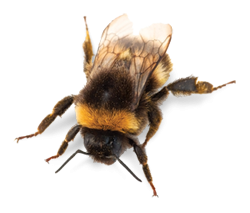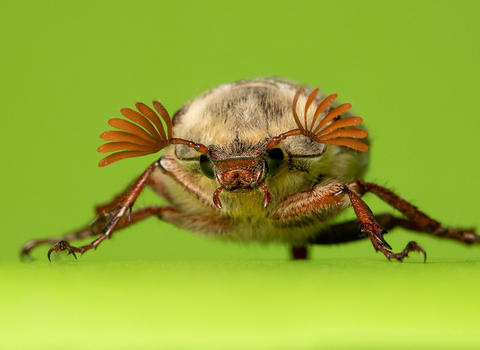41% of insect species face extinction.
The loss of insect habitats and overuse of pesticides are two major reasons why these little creatures are dying out eight times faster than large mammals.
However, it’s not too late and with your help, we can put insects into recovery.
Claim your FREE Action for Insects guide and start to make a difference today!
By working together, we can change the future of insects. Starting right now, you can make small changes in your home, lifestyle and community that will help these fascinating creatures. Follow the advice in our Action for Insects guide and create an insect-friendly garden that is teaming with wildlife.
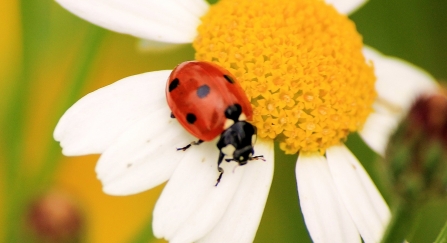
© Andy Jones
What can be done?
To showcase what is needed, The Wildlife Trusts commissioned a second report published in July 2020, Reversing the Decline of Insects, which looked at case studies around the UK that are working hard to bring back insects.
To reverse the decline of insects and allow them to thrive once more, The Wildlife Trusts want to see at least 30% of land and seas properly connected, better protected and suitably managed for nature. To achieve this, it requires us all to become insect champions, taking action at home and work, in our communities and schools.
It's also essential that there is a halt to the unnecessary use of pesticides where people live, work and farm, with support for all sectors to make the transition towards becoming pesticide-free.
Why should we care?
Without insects many birds, bats, reptiles, amphibians, small mammals and fist would die out as they would have nothing to eat.
87% of all plant species require animal pollination, most of it delivered by insects – that is pretty much all of them except grasses and conifers.
In addition 3 out of 4 of all the crops that we grow require pollination by insects.
Only by working together can we address the causes of insect loss, halt and reverse them and secure a sustainable future for insect life and for ourselves
Together, we can stop this alarming loss and create an environment that is rich in nature for the benefit of wildlife and people.
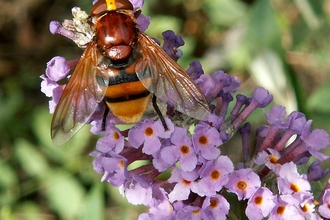
Footballers, batmen and heroes
This spring celebrate hoverflies with insect expert Vicki Hird MSc FRES!

Wild about Gardens campaign asks us all to become hoverfly heroes
Humble hoverfly needs our help, say Royal Horticultural Society and The Wildlife Trusts
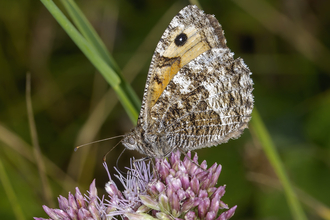
Saving the Grayling
Small, brown and unobtrusive, The Grayling is a rare butterfly that is in danger of disappearing for good.
Tell me more
Don’t farmers need pesticides to grow enough food?
In many parts of Britain, traditional family farms have given way to large agri-businesses, typified by large fields, often managed by external contractors, maintained as near perfect monocultures by high inputs of pesticides and fertilizers.
The result is a landscape that produces more food, more cheaply, than it used to, but is largely inhospitable to wildlife and provides employment for very few people. The low price of food on the supermarket shelves that we have become used to does not reflect the true environmental costs of its production. It is also important to note that farmers only receive a fraction of the retail sale price of food, so the cost of improved on-farm practice would have a relatively small impact on shoppers.
Recent studies from France estimate that total pesticide use can be reduced by 42% without significant reductions to yield or profit.
France is one of the biggest consumers of pesticides in Europe (per unit of agricultural area). In 2013, after controversy over levels of pesticide concentration in drinking water, the French government set a target of a 50% decrease in pesticide use, promoting the principles of agroecology and advocating integrated management of pests for a reduction of pesticide reliance.
Food security and economic impacts were a major consideration for policy advisors and researchers:
“We demonstrated that low pesticide use rarely decreases productivity and profitability in arable farms. We analysed the potential conflicts between pesticide use and productivity or profitability with data from 946 non-organic arable commercial farms showing contrasting levels of pesticide use and covering a wide range of production situations in France. We failed to detect any conflict between low pesticide use and both high productivity and high profitability in 77% of the farms.” Lechenet et al. 2017
How do I stop my plants and vegetables being eaten if I don’t use pesticides in my garden?
Gardening without harmful chemicals is a good way to ensure that the food and plants you grow are pesticide free and can still thrive without using products that are harmful to our wildlife. If you’ve used chemicals in the past, this might sound like an invitation to every pest for miles around to shred your garden ... and that might well happen at first. But, with time and patience, you’ll end up with a rewarding, healthier garden for ditching the chemicals.
Spraying to deal with pests can often kill the predators too, or at least make them want to avoid your garden. When you stop using chemicals, aphids are the first creatures to return as they have a short breeding cycle. Their predators may take longer to come back, but stick with it and know it will be better in the long run! Our Action for Insects for the home has lots of advice and tips for how you can garden without chemicals including advice on companion planting and alternatives to chemicals.
In the end you’ll wonder why you ever needed chemicals in the first place.
We can’t turn the clock back to how things used to be so what can we do today?
We can turn our cities, towns, villages and gardens into a buzzing network of insect-friendly habitats. We have about ½ million hectares of gardens in the UK, plus city parks and green spaces, school playing fields, railway embankments and cuttings, road verges and roundabouts; if managed favourably, and if we avoid pesticide use these areas could go a long way towards creating a national ‘Nature Recovery Network’.
250,000 miles of road verges. More could be managed for wildlife by sowing insect friendly seed mixes, mowing later in the year, and removing the cuttings. Green bridges should be a part of transport infrastructure projects.
430,000 hectares of gardens. Wildflowers in gardens have huge potential to help pollinators such as bees. A network of small patches could help bees thrive in urban areas.
52 million people. 80% of the UK’s population live in urban areas. New parks, street trees, green roofs and walls are an important way to help everyone experience nature in daily life.
Our public spaces. Two thirds of amenity land is short mown grass, but meadow habitats support eight times more wildlife. Just allowing more flower species in the grass, and mowing some areas less frequently has been shown to be of huge benefit to insects. Greener and more biodiverse neighbourhoods provide health and wellbeing benefits for people.
Our farmland. 70% of UK land is farmland, so making our farms more wildlife friendly and sustainable is vital
